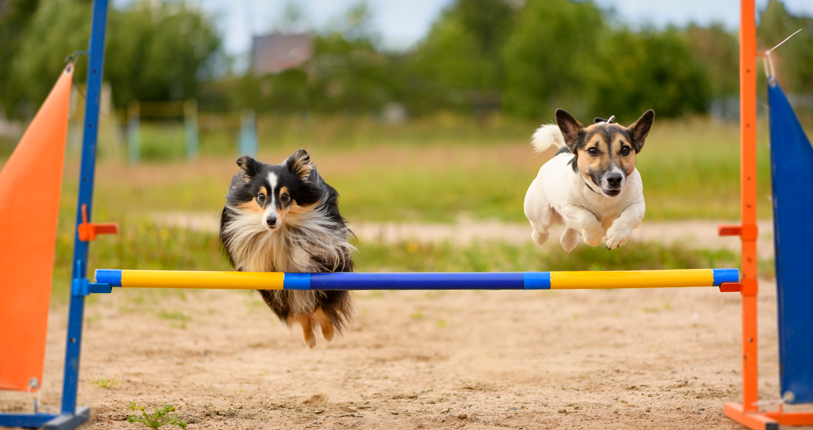You may find it beneficial to incorporate agility training into your pet’s exercise routine.
Agility training involves training your dog to negotiate obstacles such as jumps, tunnels and slopes. This form of exercise works best with medium-sized working dogs such as Schnauzers, Terriers, Collies, Retrievers, Spaniels, Poodles and Pinschers. Large breeds, including Danes and Mastiffs, have neither the inclination nor the energy for agility training. If you think your dog would benefit, there are some guidelines to follow:
- Dogs shouldn’t undergo agility training until at least nine months of age. They should already have undergone basic obedience training. Similarly, they shouldn’t perform agility tasks after eight years of age – it isn’t good for their joints at this stage.
- Introduce obstacles and exercises gradually and make sure all equipment is safe for the animal. Start with simple, low jumps and short tunnels. As your dog becomes more confident, you can gradually raise the level of jumps and the complexity of the tasks to be completed.
- Establish a standard set of commands and reward achievements with treats. If there’s a particular obstacle or exercise your dog doesn’t seem to enjoy, don’t force it. Find something else they will enjoy.
If the dog shows aptitude, the benefits are almost immediate. You should see your dog becoming more alert, responsive and in better physical shape.

